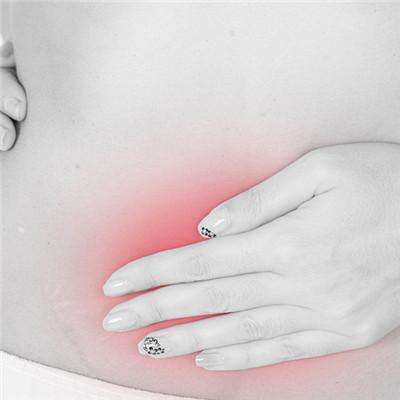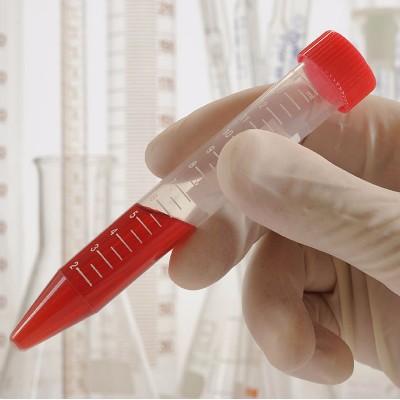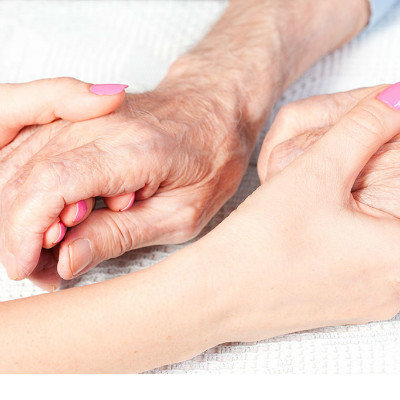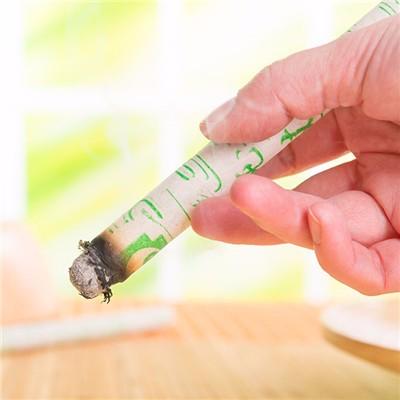Symptoms of tongue leukoplakia
summary
According to the tendency of malignant transformation, the white plaques on tongue mucosa can be divided into benign white keratosis and precancerous white plaques. The occurrence of oral leukoplakia is related to smoking, alcohol, chronic friction and eating hot and spicy food. Symptoms of tongue leukoplakia? Next, I'd like to share my views with you.
Symptoms of tongue leukoplakia
There are erosion and ulceration on the white plaque. There is obvious pain. The most important measure is to remove the stimulating factors, such as smoking cessation, prohibition of alcohol, eating less hot and spicy food, etc. Can use vitamin A, vitamin E, strictly prohibited with phenols, silver nitrate and other treatment of leukoplakia.
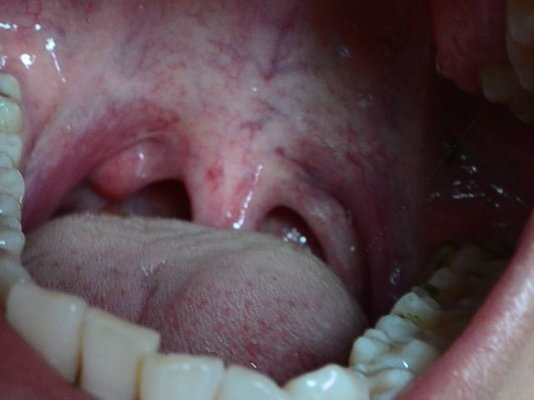
The lesion was white plaque, slightly higher than the mucosal surface, with rough surface, wrinkled paper shape, no conscious symptoms, or astringency. White plaque, thick and high, the surface is verrucous protuberance, hard quality, rough feeling. On the surface of the reddening mucosa, there are small, white granular keratosis higher than the mucosa, which looks like villi.
Tongue leukoplakia mostly occurs in the back, belly or edge of the tongue. The boundary of leukoplakia is clear, slightly higher than the surface of mucous membrane. The color of leukoplakia is milky white, gray white or yellowish white. The surface of the lesion may be rough and uneven, or there may be particle hyperplasia, or verrucous protrusion, or erosion.

matters needing attention
1. When people reach middle age, they go to the hospital for oral examination every six months. Usually to observe their own oral mucosa, there is no white can not remove the rough plaque. 2. Always pay attention to whether there are damaged teeth and sharp dentures in the mouth, because the sharp edge can stimulate the tongue edge and induce leukoplakia. 3. Often pay attention to the changes of leukoplakia, such as erythema around leukoplakia, plaque hardening, and even bleeding, ulcers and other phenomena, which are the early signs of potential malignant transformation.
